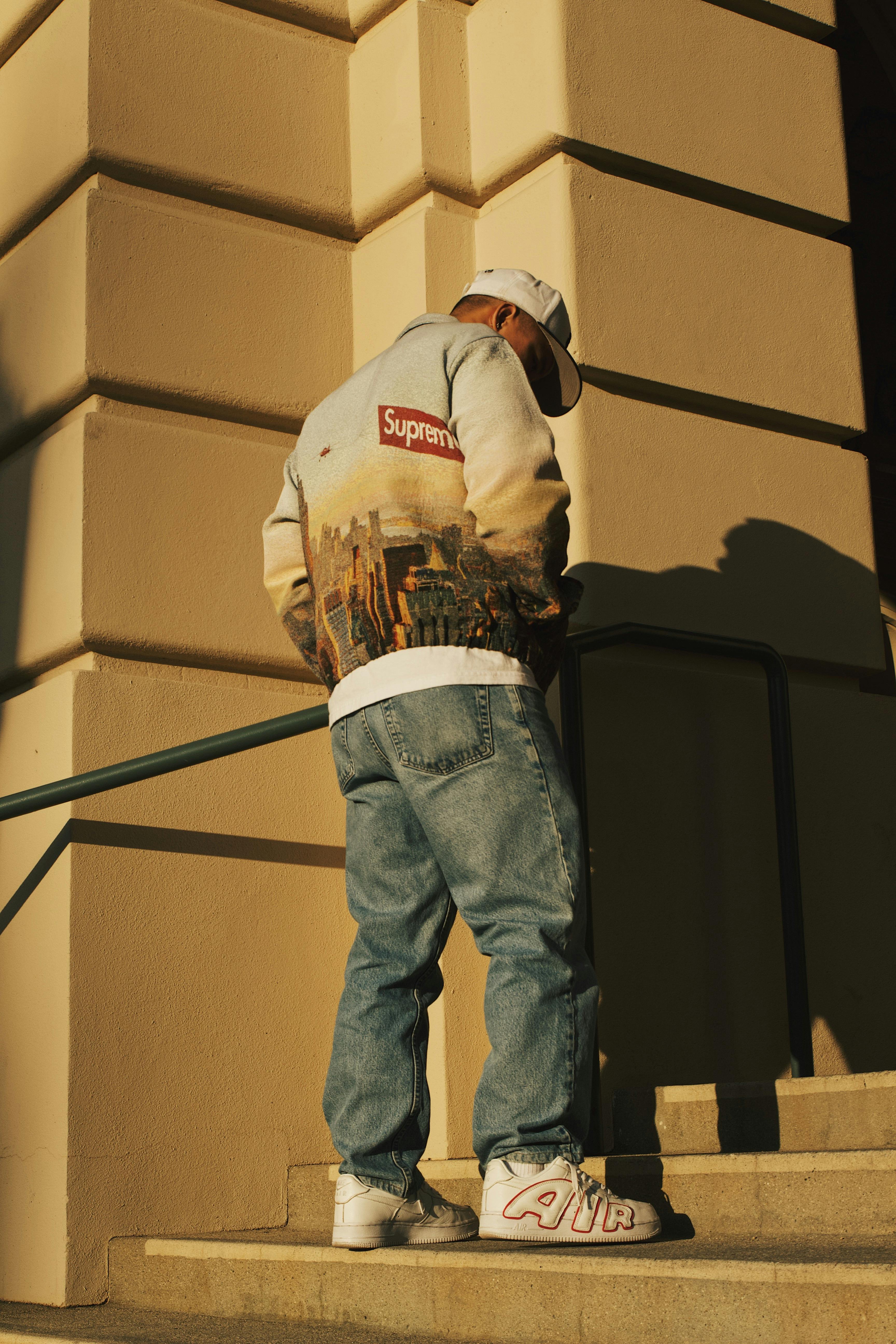Usha Vance's recent trip to India wasn't just a fashionable affair; it was a strategic blend of bold style statements and subtle diplomatic engagement. This blog post delves into the significance of her visit, analyzing how her fashion choices contributed to a broader narrative of cultural exchange and soft power.
Fashion as a Form of Communication
Vance's wardrobe during her Indian visit cleverly showcased a fusion of Western and Indian aesthetics. Her choices weren't merely about looking good; they represented a conscious effort to bridge cultural gaps. By incorporating elements of Indian design and craftsmanship into her outfits, she demonstrated respect and understanding, fostering connections on a deeper level than conventional diplomatic engagements might achieve. This showcases the potential of fashion as a powerful tool for cross-cultural communication.
Beyond the Runway: Vance's Impact in India
Vance's visit extended beyond stylish appearances. While specific details from the linked MSN article are limited, it's plausible to infer that she engaged in initiatives promoting sustainable fashion or collaborated with Indian designers and artisans. This kind of engagement speaks volumes about responsible fashion tourism and the potential for positive economic and social impact. Supporting local businesses and highlighting ethical practices reinforces the soft diplomacy aspect of her journey.
Soft Diplomacy and the Power of Influence
Usha Vance's visit exemplifies the growing recognition of 'soft power' in international relations. By leveraging her platform as a fashion influencer, she subtly promoted positive perceptions of both Western and Indian cultures. Her actions showcase how individuals with significant social influence can contribute to diplomatic efforts in creative and unconventional ways, fostering intercultural understanding and goodwill through fashion and engagement with local communities. This is a powerful model for future diplomacy-focused initiatives.






